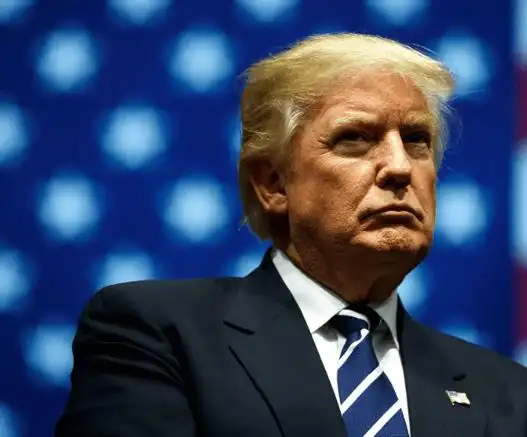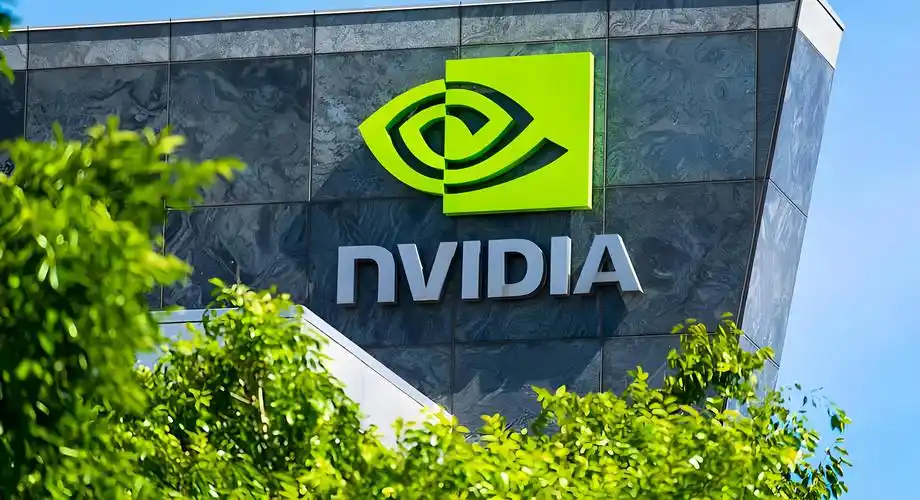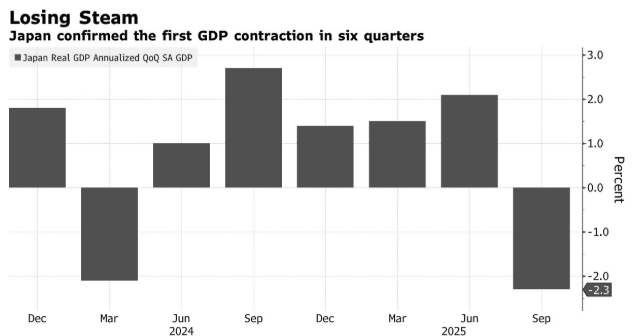Bond traders have been heavily betting that the Federal Reserve will cut interest rates, but this week their bet faces a crucial moment as Fed Chair Jerome Powell will have the opportunity to offer his views on the economy.
Powell’s speech at the Federal Reserve’s annual meeting in Jackson Hole, Wyoming on Friday kicked off a crucial period for the US Treasury market. The market believes that a 25 basis point rate cut next month is almost certain, and there will be at least one more rate cut by the end of the year. In recent years, Powell has often used this opportunity to make policy statements that have an impact on the market, and this occasion may be of great significance.
Traders believe that the weak job market has opened the door for the Fed chair to adopt a more dovish tone, although unexpectedly hot inflation data has left some economists hesitant.
At present, investors expect that he will not change his bet on a rate cut next month, while possibly reminding people that officials’ policy decision on September 17 will depend on the reports before the meeting to confirm that the labor market is cooling and inflation is under control.
Kelsey Bero, executive director of fixed income at JPMorgan Asset Management, said: “He has the ability to make some market-moving moves, but I’m not sure if he will do so.” Bond market pricing “still aligns with some kind of below-trend soft landing environment. I don’t think they have any reason to go against market expectations.”
In August, yields on most bonds declined, led by the two-year Treasury yield, as weak July jobs data boosted bets on the Federal Reserve easing policy. The result was a steeper yield curve this month, with the two-year Treasury yield stabilizing around 3.75%, slightly above the lowest levels of the past few months.
In early Asian trading on Monday, U.S. Treasuries opened largely unchanged, with the benchmark 10-year Treasury yield holding steady at 4.32%.
This backdrop has intensified attention on the Jackson Hole symposium. Three years ago, Powell had warned that fighting inflation would cause pain for households and businesses and pushed up short-term bond yields.
At last year’s symposium, he hinted that the Federal Reserve was ready to lower borrowing costs from their two-decade highs. On that day, the yield on two-year Treasury bonds plunged as his remarks confirmed the views of those traders who had bet on rate cuts. In September of the same year, the Federal Reserve implemented a series of rate cuts for the first time, slashing by half a percentage point.
Some traders are bracing for a repeat of this decision. Even after a sharp rise in the producer price index, a series of large option trades still set the target for the next month’s interest rate hike at half a basis point. If the market digests about 40 basis points of rate cut expectations before the September meeting, these bets will pay off.
President Donald Trump and other government officials’ increasingly vocal calls to lower borrowing costs have fueled these bets. Powell has for months suggested that he needs time to observe the impact of tariffs on inflation, and he has stuck to this position in the face of Trump’s push for a rate cut.
“The Fed is under a lot of pressure,” said Scott DiMaggio, head of fixed income at AllianceBernstein. “They are a little behind, but they have been watching the impact of tariffs and how it affects the economy and inflation.”
DiMaggio said that the data has already shown that “you can say, ‘Yes, they should resume the rate-cutting cycle.'” ’”
After the Jackson Hole meeting, the market will focus on the August employment data to be released on September 5th and whether it paves the way for easing policies next month, or even hints at the possibility of a shocking half-percentage-point rate cut. Admittedly, some investors and traders say that after the release of the strong producer inflation report, such a magnitude of rate cut is unlikely.
“Our sense is that the ultimate outcome will hinge on the jobs report,” said Gregory Faranello, head of U.S. rates trading and strategy at AmeriVet Securities. “If the jobs report is weak, we’ll price in a 25 basis point rate and don’t believe Powell will fight it.”
With inflation stubbornly above the Fed’s target and Trump’s tax and spending bill likely to bring fiscal benefits, accelerating the pace of easing could boost the economy. Coupled with investors’ concerns over government pressure on the central bank and the president’s move to replace the head of the Bureau of Labor Statistics, these factors could prompt fund managers to demand a higher risk premium on long-term bonds.
Ed Al-Hussainy, an interest rate strategist at Columbia Threadneedle Investment, said that “the large rate cuts earlier on require the Fed to set aside any remaining upside inflation risks” and that the unemployment rate will rise significantly.


